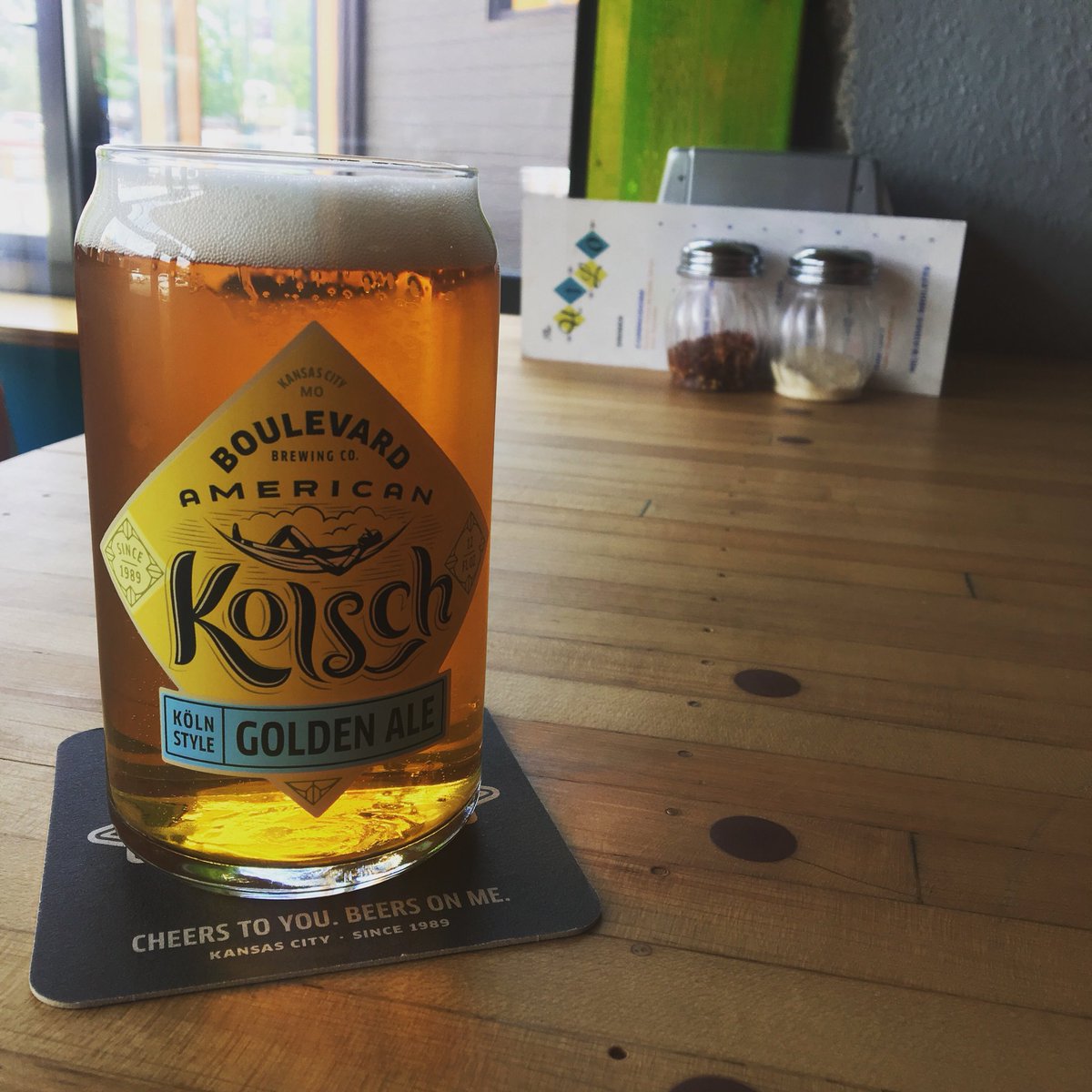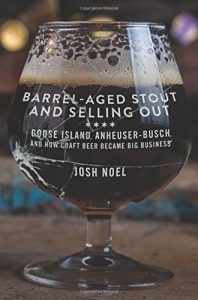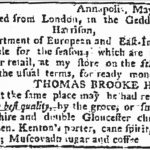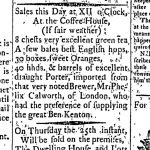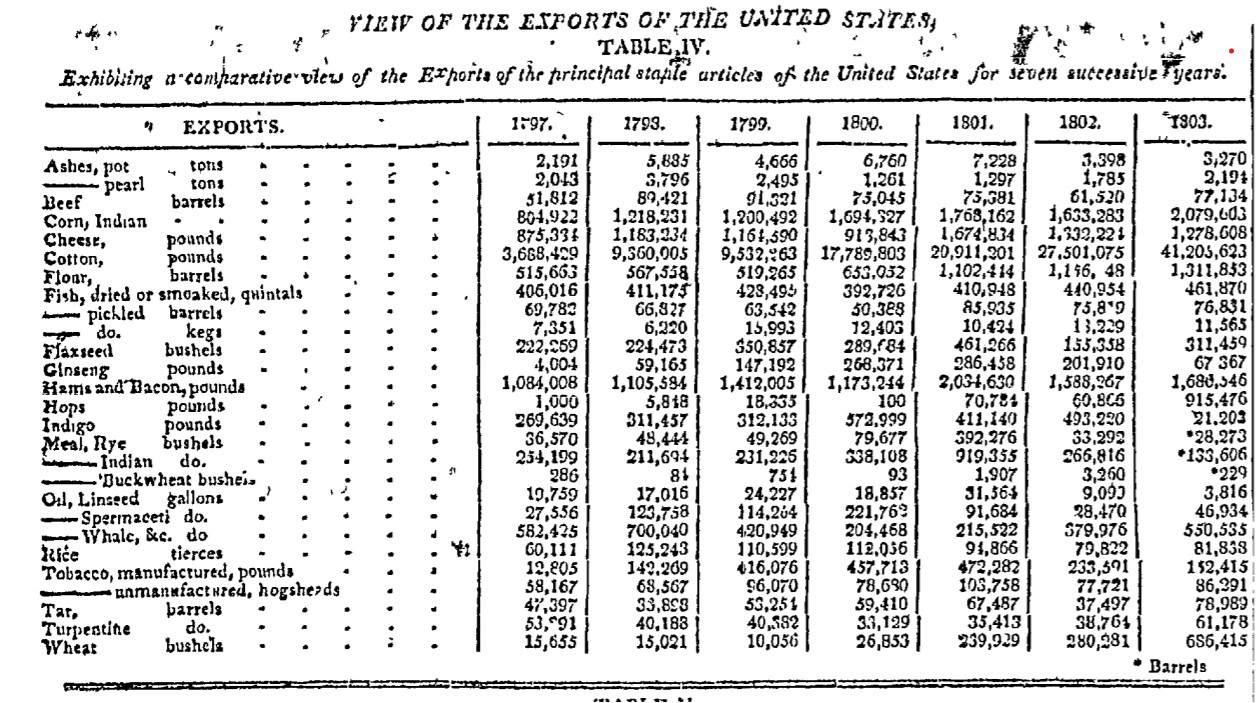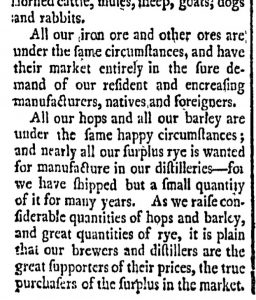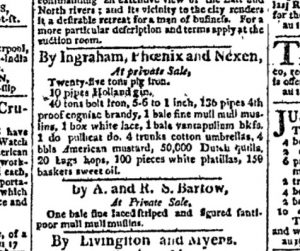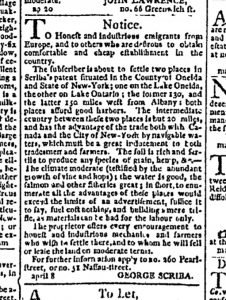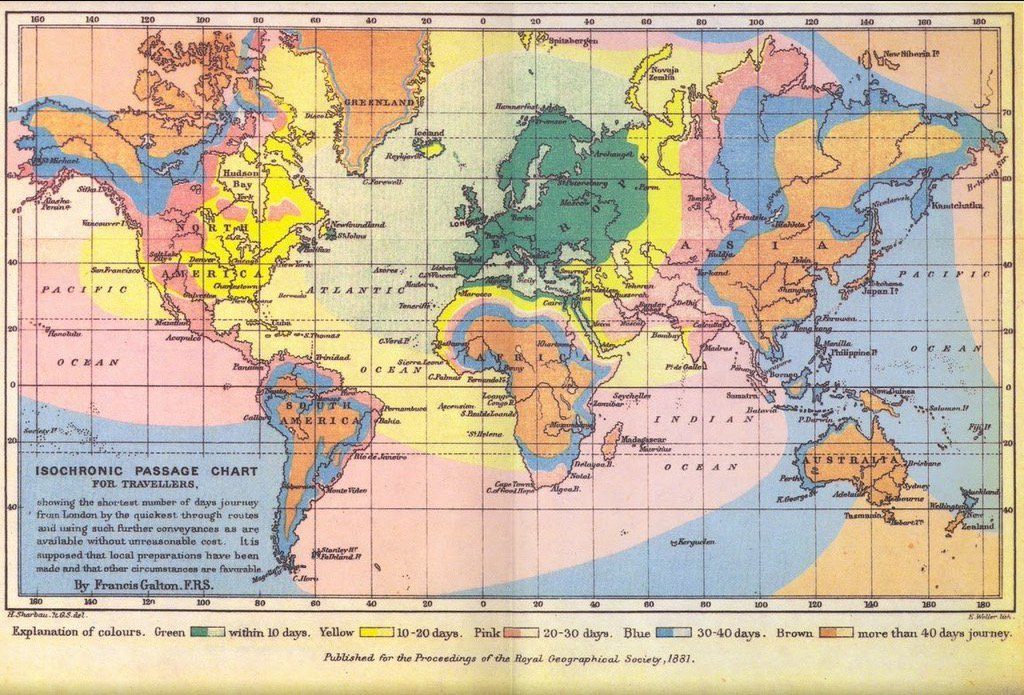Time flies but don’t tell the weather that. First day of school traditionally saw the new corduroys out in force but this year we are having more heatwave. This does not bode well as a step towards global warming. You can see how quickly the environment can flip into a new level of temperament. Hop regions will be lost and barley crops shall fail if this keeps up. How’s that for curmudgeonly beer blogging?
John Keeling has written an gushy mushy ode to cask ale in the Brewers’ Journal that bears attention:
I started drinking properly in 1973. My first pints were in a Whitbread pub. I tried Trophy, Tankard, lager, lager top and shandy. After experimenting with all those I discovered, along with my friends, Boddingtons and Robinsons. Cask bitter, I have loved you ever since and nothing, not even the finest Pilsner nor the toastiest stout, can capture me for long. I will always return to you.
I wonder how he feels about his dog?
The Beer Nut has traveled from Ireland to Quebec and he does not like the steak tartare. He finds a mid-sized cornfield vast and likes the first class lounge of our train system. Classic commentary on the Canadian way. He appears to be heading east but I am not sure, as usual, how far he intends to take it. Will he enter Atlantic Canada? Stay tuned.
Next time someone tells you that the smaller glass ware is suited to the style, remind yourself of how the Brewers’ Association has confirmed its really about getting more money from drinkers’ pockets per barrel by up-selling “experience”:
These changes resulted in an 18 percent increase in revenue, with only a four percent increase in customers. In addition, the number of brands on checks went from an average of two to four. We were making more money for the same work, while also exposing guests to more brands! As an added benefit, the overall sentiment of the guest experience, conveyed in person and online, improved. Many online reviews mention the ability to create your own four-ounce flight as a reason for making the trek to our out-of-the-way bar and beer garden.
Speaking of the new frontiers of newbie sucker juice, a fabulous listicle of ten ignored classic beers was published at Don’tDrinkBeer about the ten top beers that the recent kinderbiere set do not understand. I like it. The groundwork laid down at the outset is worthy of the Tale of Ale and Max:
In a beer scene increasingly dominated by monoculture acid bombs, trubtastic slurrycans, and flabby batterwater, many iconic beers have fallen by the wayside. New palates have neither the time nor attention span for these outdated beers from the past. These beers represent the educational arc that many beer enthusiasts would imbibe on their way to honing their palate. We now exist in an instaRone paradigm, where learning is passe and not knowing is vulnerability. Now the beer journey begins and ends with a 16% double barrel pastry stout and new beer palates don a jaunty expert cap and instantly dislocate their rotator cuff patting themselves on the back.
Me, I have retreated from, literally, the Kool-aid experience as I have too often now been disappointed by what is labeled as an IPA turning out to be something sucked by straw on an elementary schoolyard at recess. I buy comforting brown ales or, yes, the classics. Avoids needing to know “exactly” why craft can cost so much – especially when asking about the expenses is never part of the inquiry. Cooking Lager made an excellent observation on the current state of affairs in a somewhat related comment:
Craft beer is no different. Most of it is just beer concentrate. It’s an acquired taste not a natural taste anyone is born with. You acquire it if you spend time doing so. Drink enough DIPA, eventually you’ll start to like it. The booze rewards the pleasure centres and eventually you will not only forgive the taste but convince yourself you like it. We all acquire tastes. If I compare my own reaction of pleasure to a strong black coffee to my 10-year-old nieces’ wince if she sips it, it is because I acquired the taste, not because she is too stupid to get it. I acquired the taste because I liked the pick me up. Then I started to like the drink. Then I took notice of different roasts, beans and countries of origin. Then I wondered why I was buying a £4 cup of poncey coffee when Greggs do a really good Americano.
The folk who consider that the beer market is broken into teams and that they are contesting with each other will take offense (again) but this is key: “the booze rewards the pleasure centres.” Is the idea that this is all about flavour PR spin? Notice how often the same gurus complain about their hangovers on social media. No, it’s all about finding a sort of palatable alcohol because the selling of palatable alcohol is quite profitable. And makes people happily buzzed. Sometimes it takes complexity to coax the wallets open, sometimes facile flavours. The brewer’s ultimate goal in each case includes the same motive – which is fine as folk are quite happy to spend in response.
Finally, Tim Webb* has written a wonderful eulogy to Chris “Podge” Pollard:
…it was his brilliant eye for detail and for knowing what makes a place great that set him aside. Despite penning six books he did not claim to be a beer writer, yet his pithy descriptions of cafés came so fully formed that they put you there at the bar, often armed with priceless information, such as “The Dalmatian is deaf.”
There you are. The dearly departed, the great and good – and the not so great and good. Another week in the life of beer as we know it in 2018. B+B will have more news on Saturday and I shall be back next week. Here’s hoping for a new crisis to pick at as well as the discovery of a new wonder to behold. See you then.
*Not as the byline states, editor Ted Hampson. My error.

